BAFTA: A Masterclass with Joe Letteri
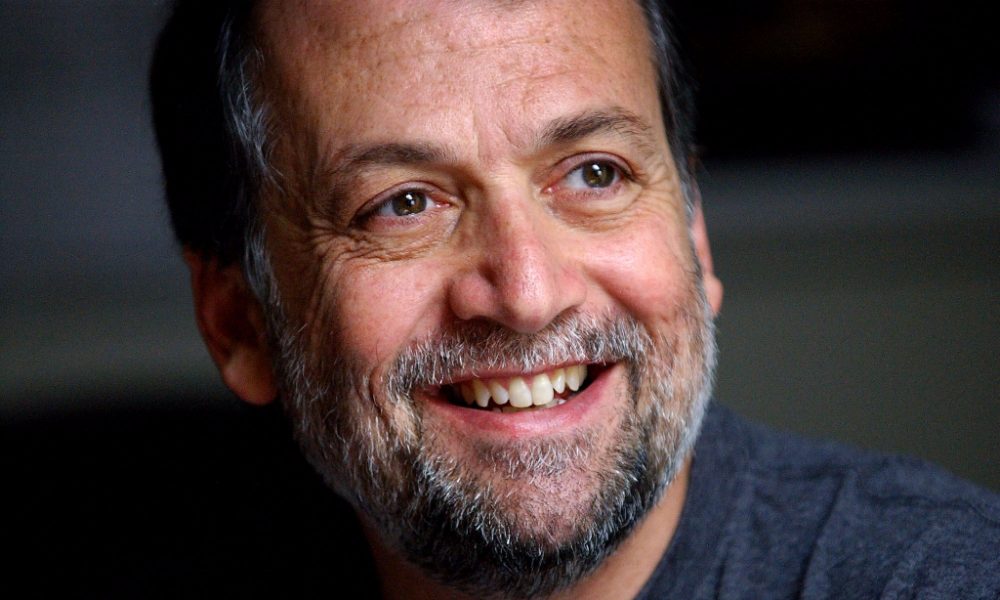
Do you remember being a kid and adamantly believing dinosaurs still exist after watching Jurassic Park? This dream dashed, ever wondered whether they did indeed train gorillas for Planet of the Apes, and in your heart of hearts believe Avatar’s Pandora must exist because no one could create a world that fantastically convincing? Then it is time to meet Joe Letteri, who graced PictureHouse Central for his Bafta Masterclass on VFX techniques.
Letteri is the director of Academy Award winning Weta Digital, a digital production company that has systematically created a visual production tool kit enabling the mind-bending achievements we see in film today.
During his Masterclass, the visual effects supervisor showed how digital production has evolved over time by taking the audience through the films he has worked on. In The Lord of the Rings he focused on adapting motion capture in visual production, with Andy Serkis acting alongside the other actors, which enabled Golum’s reactions to be organic and brought an immediacy to the piece. Letteri said “the cameras were recording the data but this didn’t limit what you can do with that data”.
He worked again with Peter Jackson for King Kong, where the focus was on capturing the face as well as motion by using facial markers. The visual effects company also advanced the realism of Kong by creating a skeleton, followed by musculature, fat and flesh. This advancement was a natural step, Letteri insisted, “starting out, people were OK with 60 frames of a dinosaur and you could take as long as you want. Now you will do 1,000-2,000 frames, which is why you need a physical basis for everything.”
Letteri stressed that digital animation has evolved organically, informed by the needs of the script: “Techniques are constantly being researched as you never know what is going to be needed next, we didn’t know what any shots were going to be in King Kong so we built the whole of New York.” Here, the VFX supervisor and his team wrote a software called “City Builder” that had a kit-list for buildings – all of New York was digitalised.
James Cameron then approached Weta Digital to take on his epic challenge of creating a digitised world for Avatar. Letteri adapted “City Builder” for the jungle, literally having to write in the ecosystem of light scattering between levels and competition. The company also developed facial capture by painting the marks that were restrictive before and using a single camera head ring to capture them. Listening to Letteri explain these unimaginable techniques it is impossible to not be impressed.
Cameron even convinced Steven Spielberg to digitalise Tintin, with the Weta team advancing computerised production so that the motion camera could remain stationary at the side of a mock-up (set) but control the different shots to capture the scene in the digital world, flitting from aerial to dolly live.
The four-time BAFTA winner explained that Cameron had a vision; to pick up a camera and be able to film the digital and real world the same, thus the techniques used between the two had to overlap, but they remain inherently different. As Letteri said though he has designed and influenced many lighting techniques in the digital industry he would not feel comfortable setting up the lighting of a stage: “It is about handover as much as it is collaboration.” For example, he explained, to create Golum he wasn’t sure how to make him look real. Walking on the Lord of the Rings set he saw a painted model of the dead Boromir and thought “if we can make that skin on Golum it will be perfect”. So they “attracted Gino Acevado (special effects artists) to the dark side,” Letteri laughed. Different careers and skills are constantly informing each other.
This collaboration was mostly felt in The Planet of the Apes, where Letteri worked with Serkis to capture his every reaction without him needing to repeat it. Focusing on involving acting in computerised production allows the animation to be informed by human emotion. The actor would talk to the animators about his character and how he was trying to play him, which enabled the animators to create re-shoots if necessary. When asked about the award system for digital production Letteri smiled, saying that Serkis has done so much for this field without truly being recognised.
Alongside many more, Letteri explained, these techniques have now become part of the live action tool kit Weta Digital have created. The BFG sees all these techniques incorporated within the one film. “We had a 25 foot giant and we had to come up with ways he could interact with a ten-year-old girl!”
The point is that digital production has built the tools to allow directors to see what they have imagined as they direct. In this way Letteri, in response to a question, said he prefers to work from director’s imaginations than animations in a book: imagination is specific whilst with a drawing you have to inject personality into it.
Letteri left on a teaser, in responding to a question about what the perfect world he would like to work on next would be: “Oh, I am just looking forward to the future Avatars.” Although he stayed shcthum over the details, he believes Cameron will keep him occupied for a while yet.
Melissa Hoban
Joe Letteri was speaking on 18th July 2016 as part of the BAFTA Masterclass series, for further information and future events visit here.
The BFG is released nationwide on 22nd July 2016.
Watch the trailer for The BFG here:

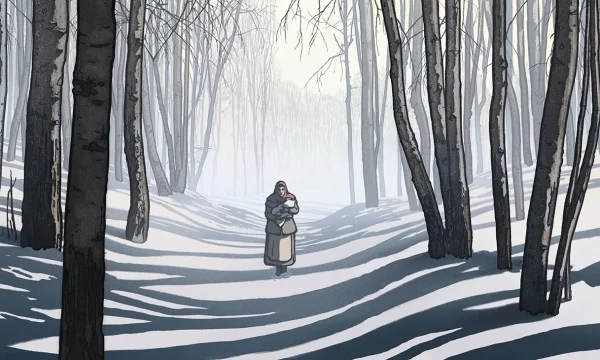
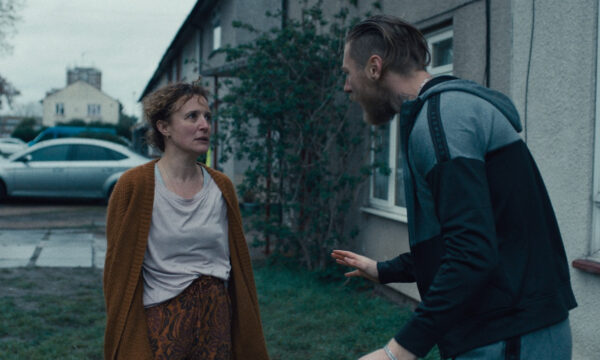
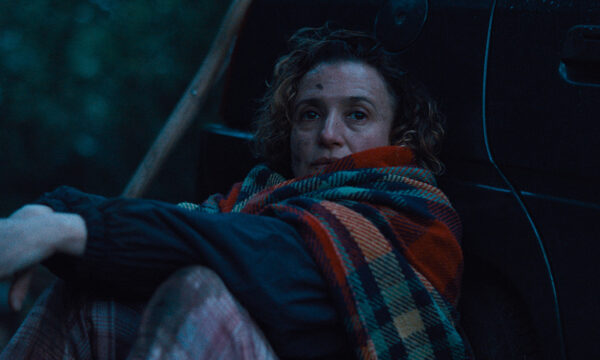
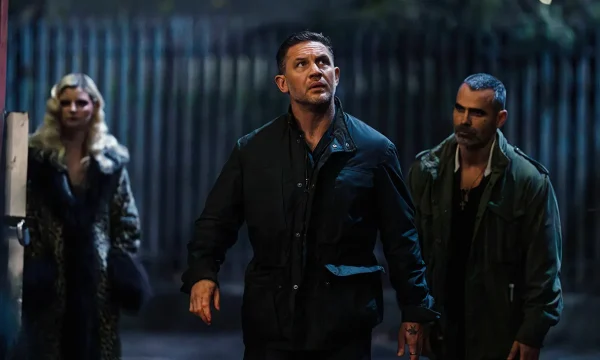
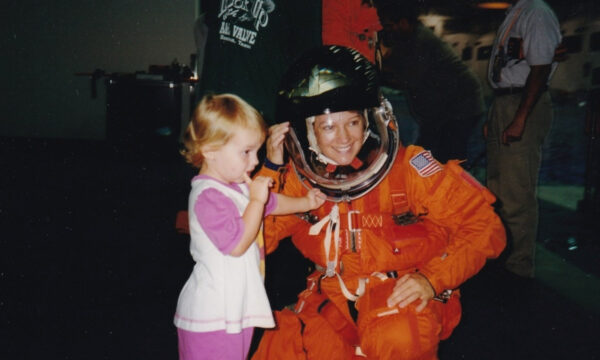

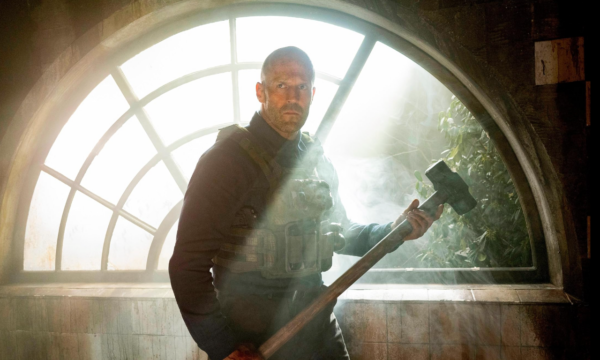
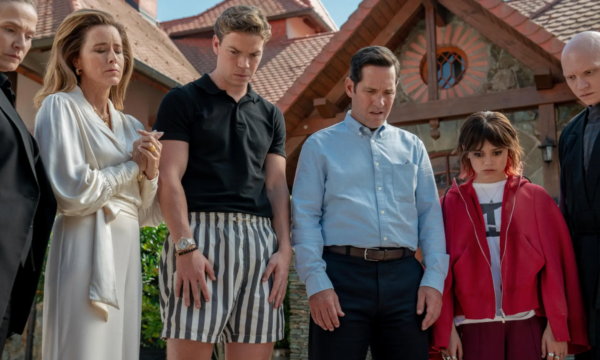










Facebook
Twitter
Instagram
YouTube
RSS